Grotto
A grotto, often defined as a small picturesque cave or cavern, carries rich spiritual and historical significance across various cultures and religions. Its natural beauty evokes feelings of tranquility and wonder, making it a favored sanctuary for contemplation, reflection, and communion with nature. The interplay between the ruggedness of rock formations and the delicate aspects of nature, such as water, plants, and light, creates an environment that invites visitors to seek solace and inspiration.
In Christian tradition, grottos hold particular importance. They are often associated with the Virgin Mary, as many shrines and sites of pilgrimage are established in their serene, hidden spaces. The most famous example is the Grotto of Massabielle in Lourdes, France, where Bernadette Soubirous claimed to have witnessed apparitions of the Virgin Mary in 1858. This grotto has since evolved into a major pilgrimage site, attracting millions who seek healing, solace, and spiritual renewal. The storytelling surrounding this grotto emphasizes themes of faith, hope, and the divine presence in the mundane—a microcosm where the sacred meets the natural world.
Beyond their religious significance, grottos can also be seen as metaphors for inner exploration and spiritual journeys. The darkness within a grotto can symbolize the unknown or the challenges of life, while the light that filters through openings or reflects off water embodies clarity, understanding, and enlightenment. This duality resonates with the human experience, as individuals often find themselves navigating dark times before emerging into the light of awareness and acceptance.
The physical characteristics of a grotto also contribute to its allure. Many grottos are formed through the natural processes of erosion, sculpting rock into intricate shapes that evoke wonder and intrigue. The sound of dripping water or the gentle lapping of waves creates a soothing backdrop, transporting visitors into a state of mindfulness and contemplation. The organic beauty of their formations reminds us of the power of nature, inviting reflection on the interconnectedness between humanity and the environment.
Art and literature frequently draw inspiration from grottos, illustrating their cultural relevance throughout history. From ancient myths to modern narratives, the grotto often serves as a site of revelation or transformation. In classical literature, grottos are depicted as places of divine encounters, where heroes and heroines could receive guidance or undergo personal trials. For instance, in Roman mythology, the grotto often serves as the dwelling of nymphs and deities, emphasizing a space where the mortal and divine realms meet.
Furthermore, grottos have historically been used as places of refuge. During times of persecution or conflict, individuals would seek solace within the hidden depths of nature. These natural sanctuaries, removed from the chaos of the world, became bastions of hope and survival. In this context, the grotto symbolizes resilience, as it offers safety and comfort to those in distress. The protective embrace of the rock serves as a reminder of the strength found in vulnerability.
In contemporary spirituality, grottos are often utilized as spaces for meditation and mindfulness practices. Their natural acoustics and serene surroundings foster an environment conducive to inner peace. Many people find that sitting in a grotto allows them to connect more deeply with their thoughts and feelings, creating an opportunity for self-exploration. They become places where individuals can shed their outer personas and delve into their authentic selves, fostering personal growth and spiritual discovery.
Moreover, the natural elements found within a grotto—water, stone, and vegetation—symbolize the fundamental aspects of life. Water, often seen as a symbol of purification, renewal, and abundance, reflects the essence of life itself. It has the power to cleanse both physically and spiritually, facilitating a connection to the divine. When coupled with the ruggedness of stone, representing strength, stability, and permanence, the grotto embodies balance—a harmony between fragility and resilience.
Many cultures also incorporate the grotto into their traditions and rituals, enriching its meaning within the community. For example, Chinese culture reveres natural landscapes, finding spiritual significance in the balance of yin and yang within grottos. They often incorporate elements of feng shui, recognizing how the flow of energy within these natural formations can influence well-being. In this way, grottos serve not only as personal sanctuaries but also as communal spaces for collective reflection and growth.
In essence, the grotto is a multifaceted symbol of nature’s beauty and spiritual depth. It embodies a journey inward, encouraging individuals to confront their shadows while seeking the light of understanding. Its historical and cultural significance highlights the profound connection between humanity and the natural world, reminding us of the sacredness that can be found in solitude and introspection. As both a literal and metaphorical space, the grotto continues to inspire seekers of truth, offering a refuge for contemplation and a gateway to deeper spiritual exploration.
Visiting a grotto can be a transformative experience—often prompting individuals to pause, reflect, and reconnect with both themselves and the world around them. Whether as a place of worship, a site of personal reflection, or a natural wonder to be marveled at, grottos remain timeless sanctuaries that echo the voices of countless seekers throughout history. They remind us that within the depths of life’s challenges lies the potential for growth, hope, and revelation, illuminating paths toward healing and understanding.
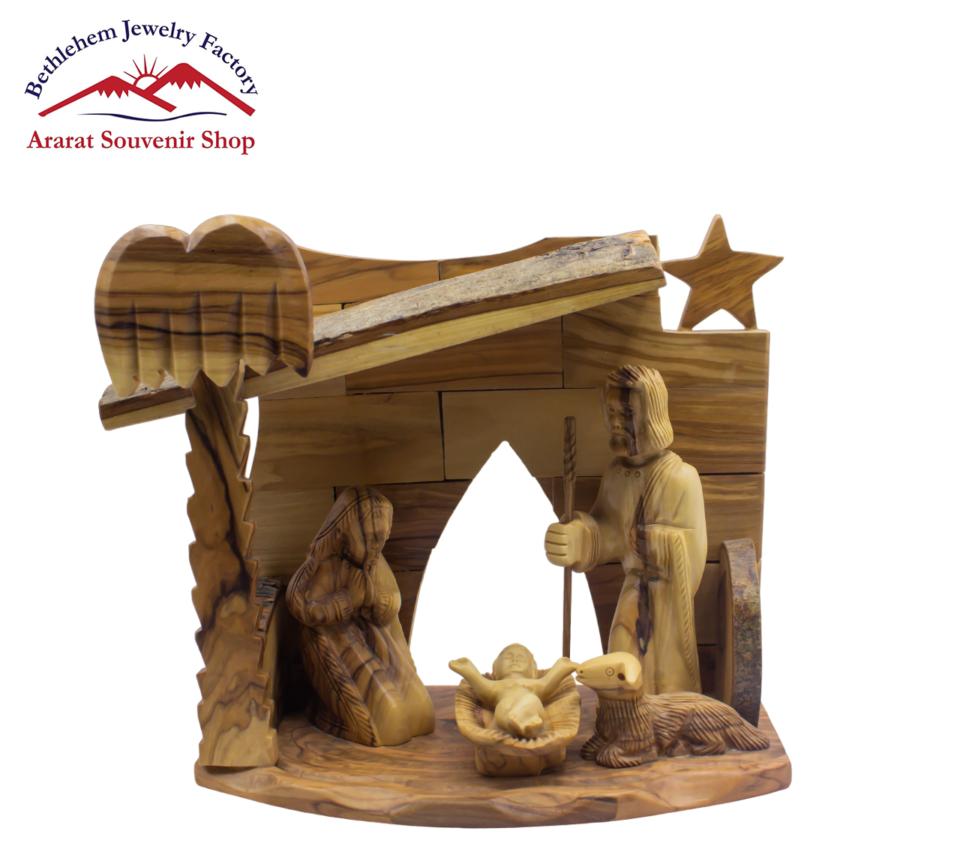
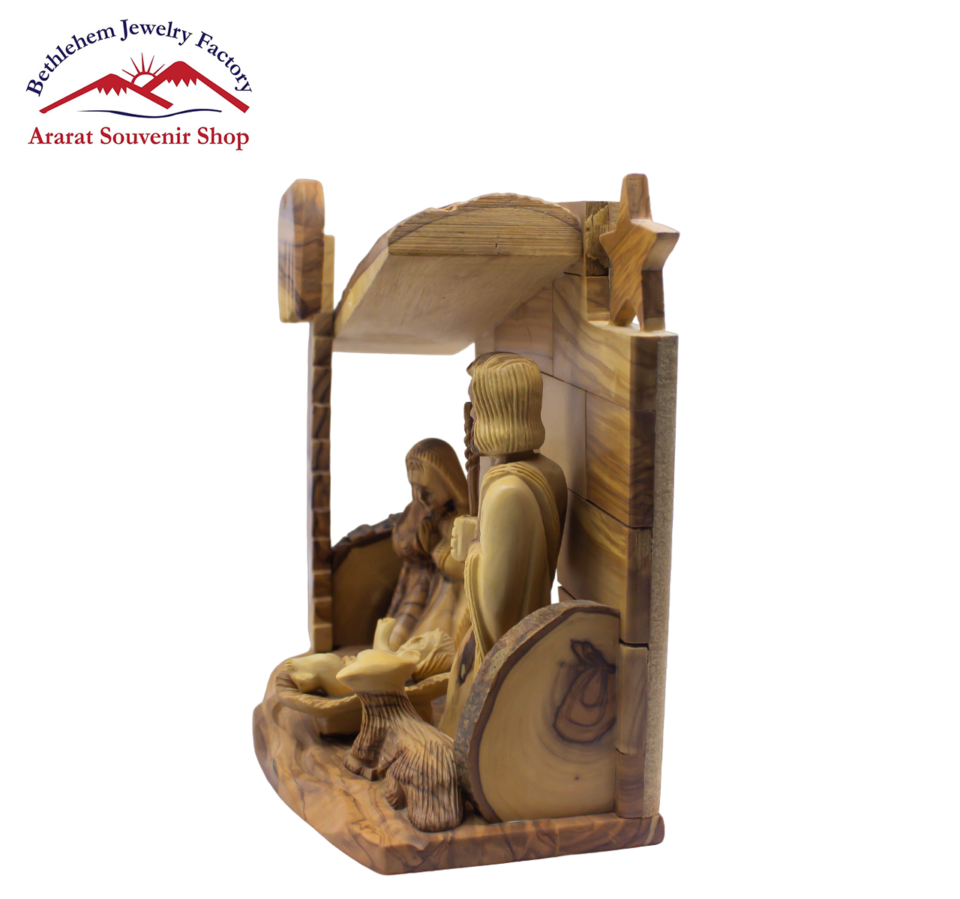

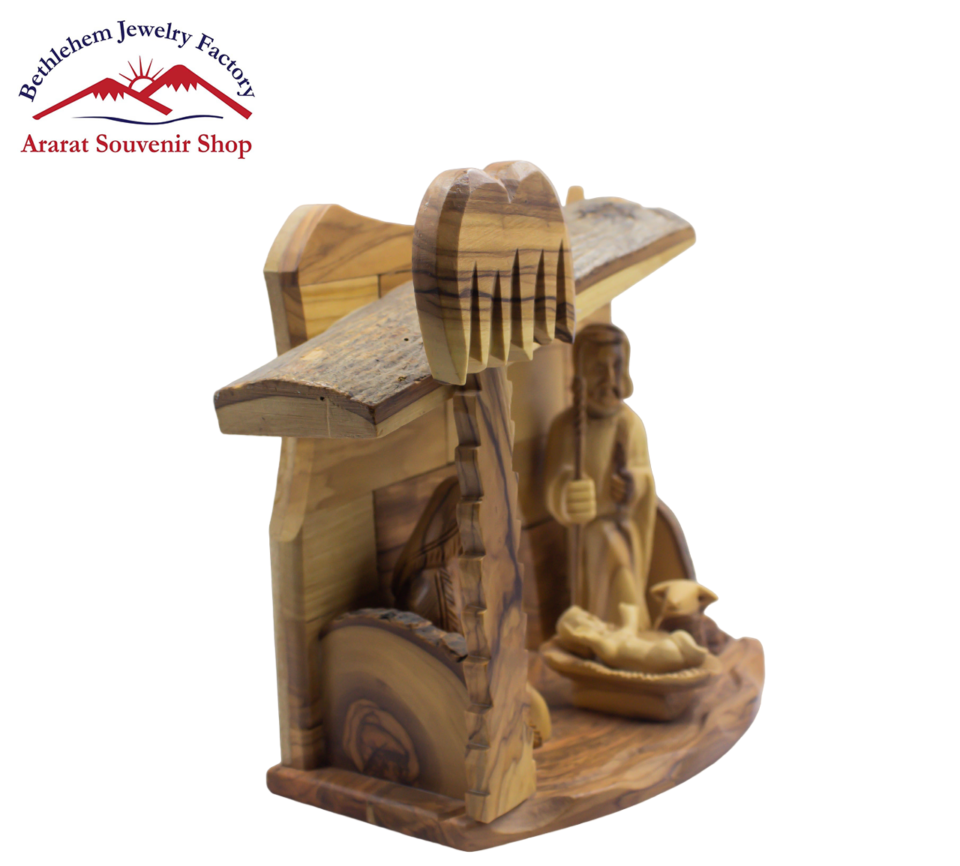


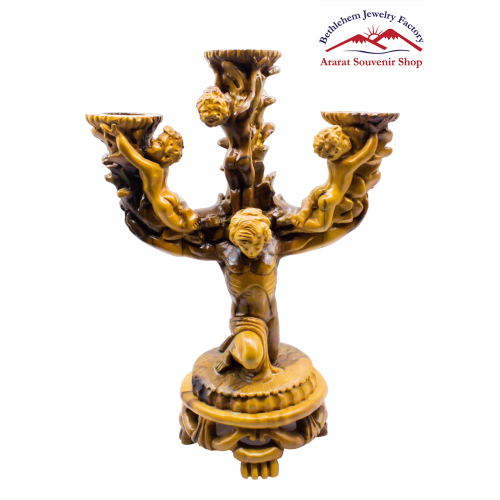
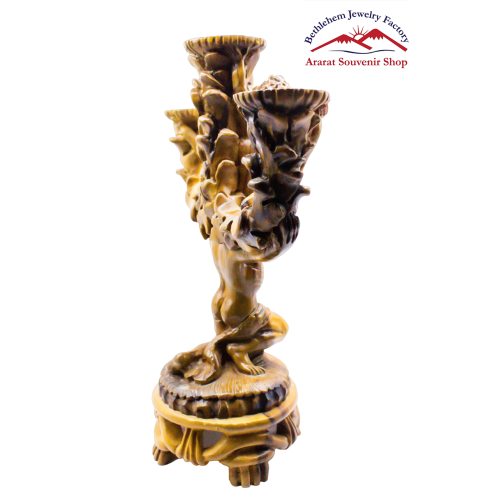




Reviews
There are no reviews yet.